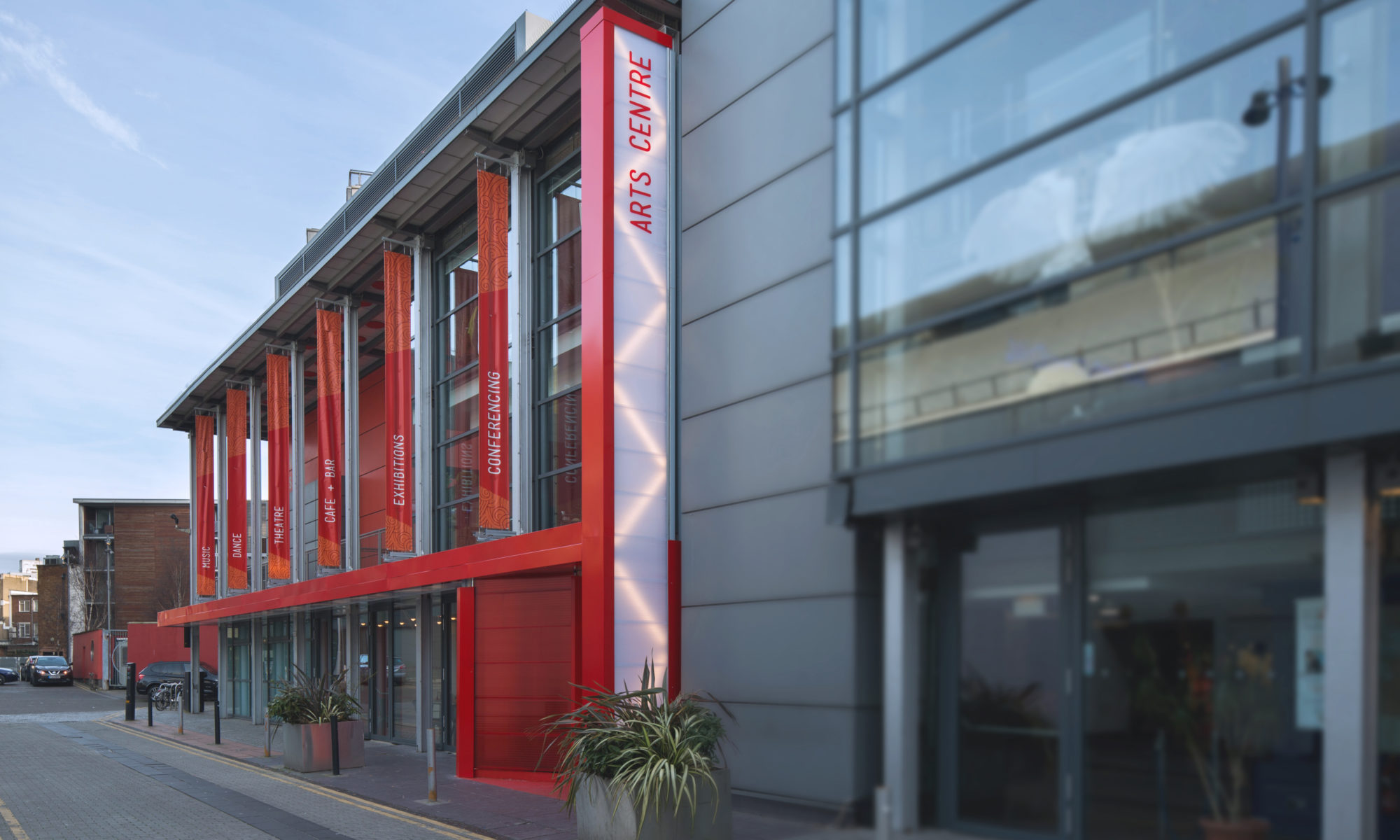Searching for diverse work for young audiences…

The next in our series of posts on international creative dialogues, from Stratford Circus Arts Centre:
Our visits to Belgium were motivated by its reputation for making exceptional contemporary work for young audiences. Stratford Circus Arts Centre is increasingly co-commissioning productions for young audiences, particularly in response to the UK sector’s lack of work that is representative of our venue’s local international and intercultural audiences. Belgium has a colonial history and an increasingly diverse population, and we were keen to understand if and how they are responding to a need to be more representative on their stages and how they are engaging audiences. Additionally this was an important opportunity for colleagues in our programming and creative learning team to be exposed to the high quality contemporary children’s work made in Europe.
We met with colleagues in three Belgian venues specialising in this area, BRONKS in Brussels, HET PALEIS in Antwerp, and Kopergietery as well as theater company Studio Orka in Gent. We timed the visits with festivals at two of the venues, enabling us to see a range of professional work.
We were struck by the generousity of colleague who took significant time to meet with us and share their experiences and knowledge. Whilst feeling envious of the 90% subsidy (made up of grants from local and national government) venues generally received, it was interesting to discuss the changing political context and where the risk lay. Local politics have made a shift to the right affecting budgets and in some cases representation on Boards of Trustees (with local politicians) which has the potential to impact artistic decisions. Some local governments are increasingly less supportive of work that does not prioritise the Flemish language. Changes made by one venue who recently have moved in the direction of making more socially engaged work (rather than more commercially focused work starring famous actors), and in some cases critiquing the establishment, has resulted in a dip in (non-school) audience figures. However, with a significant subsidy and historic / well-established relationships with schools including secondary schools, weekday shows are nearly always at capacity at all three venues.
We shared much common ground in the instrumental nature of art in playing a cohesive role in society and a sense of urgency around this. And there was a lot of interest in our views on Brexit!
The (albeit limited) cross section of work we saw indicated that themes of sexuality were explored more explicitly (and progressively) than work for young audience generally seen or made in the UK. However, themes of ethnicity and otherness did not feel as progressive, the focus was on first generation (immigrant) experiences rather than second/third, etc. generation stories. Newcomers and foreigners is an example of the language used. The venues talked about there being few theatre makers from non-European backgrounds making work and only recently more culturally diverse performers coming through the performing arts schools. As a result there was an interest from the venues we visited in the artists with whom we are working.
These visits started a very valuable conversation as we seek out international partners as potential future co-commissioners, artistic collaborators or hosts for artists that we are supporting. Additionally it was a useful starting point in our explorations on where the most exciting work for a young global audience is being made.
Tania Wilmer
Director
Stratford Circus Arts Centre
@TaniaWilmer
Venues we visited:
Bronks
Het Palais
Kopergietery
